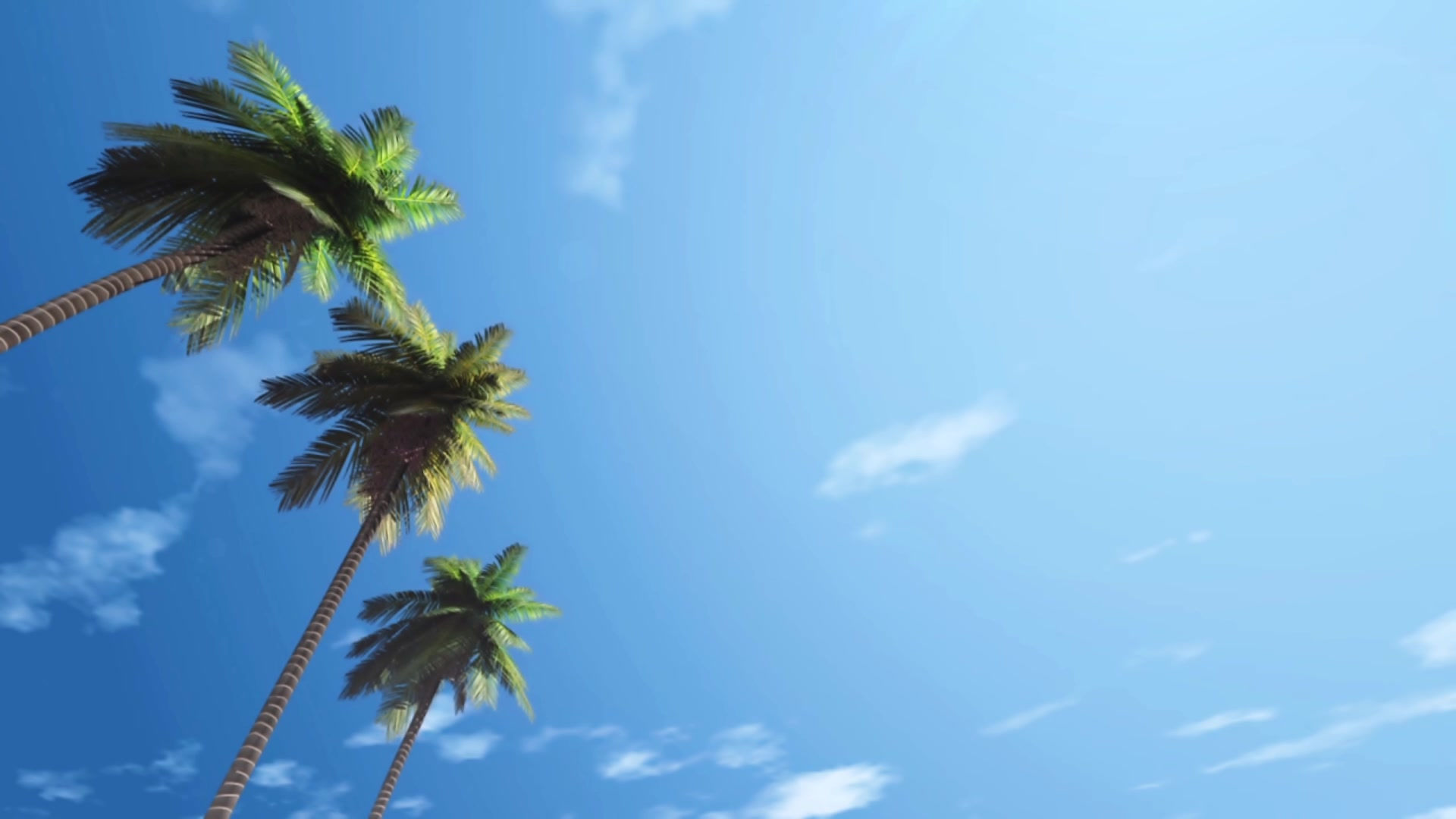Day 4- Kevin
- Tara McEnroe-Kent
- Jan 18, 2014
- 3 min read
This morning, we met with Captain Lennon at Port Morgan and were given a tour of the hotel. After the tour, we sat down and discussed our plan for the day ahead of us, which included walking the new road and visiting a few schools across the island. Before we set out, we began to discuss some of the issues that would soon be very evident to us. Prior to leaving the United States, we had several briefings to discuss what we would face on Island. We understood the need for clean water and were informed that a road was in the process of being built on the island. Before the construction of the road, the only mode of travel was walking foot paths that snaked through rough mountainous terrain and flat, tropical beaches. The road as we previously understood it would assist in travel and would help to improve life on the island. However, this meeting discussed the issues with the road and how it disrupted the lives of everyone on the island.
The Haitian Government’s Ministry of Tourism had recently declared Ile-A-Vache a tourist attraction. Due to this, the government brought in foreign workers to build a road stretching across the island, with future plans to build a five-hundred room hotel and an airport. For an island like Ile-A-Vache, the idea of a new road, hotel and airport just does not fit without running into issues of land. With the construction of the road came to destruction of people’s houses and land. This created a standoff between the villagers and the construction crews as clashes between the two have been frequent. Following the meeting, we made our way to Kakoc and the start of the new road.
When we arrived at Kakoc, we could see the tracks of heavy machinery still perfectly molded in the ground. From here, we decided to follow the road and take GPS points to convert to a map later. The road was nothing like we first imagined when we first set out for Haiti. Upon hearing of a road, we pictured an actual paved road stretching across Ile-A-Vache. What we encountered was a relatively flat dirt path that cut into the landscape. As we followed the road, we came across several man-made barricades built by the locals to prevent the heavy construction equipment from passing. After walking for a couple of hours mapping the road, we decided to divert to a foot trail and make our way to a school. However, once we began following the trail, we came across a well in a village known as Trou Millieu.
When we arrived at the well, we decided to test it and see how well the pump worked. We quickly found out that the well was not operational and a local stopped to talk to us about it. He informed us that the well had been broken for three months and they have made several requests for the Water Committee, a group of individuals tasked with keeping wells operational, to fix it. Due to the pumps inactivity, the locals had to look elsewhere for fresh water. Faced with the option of walking miles over mountainous terrain to the next operational well, the locals instead resorted to using a previously dug well that up until recently had just been used to provide a drinking area to the local livestock. The gentleman explained that the locals understand the risk of drinking out of the cesspool, but when faced with dehydration, did it anyways. Many of the locals were becoming violently ill due to the contaminated water they consumed. However, they continued to drink from the source out of survival. We then discussed how serious the need for the well-digging equipment was for the island. After a long discussion, we continued on until we came across a school.
We arrived at the school only to find that classes were not in session, so we decided to tour the area. The grounds were fenced in, providing some security for the students, however, many of the buildings were in disrepair. Walls were crumbling and at risk of collapsing, with the potential to harm or kill anyone in its path. Again, we held a discussion about the needs of the school and what we could do to help. With the arrival of the saw mill, Bill, the owner and operator, vowed to help build structurally sound walls with support beams, saving raw materials while also providing a more stable structure. Once again, the group was reminded of how serious the equipment we are bringing to the island would mean to these people. After a short water break, we decided to start the long walk back to Vacation Village before nightfall.


























Comments